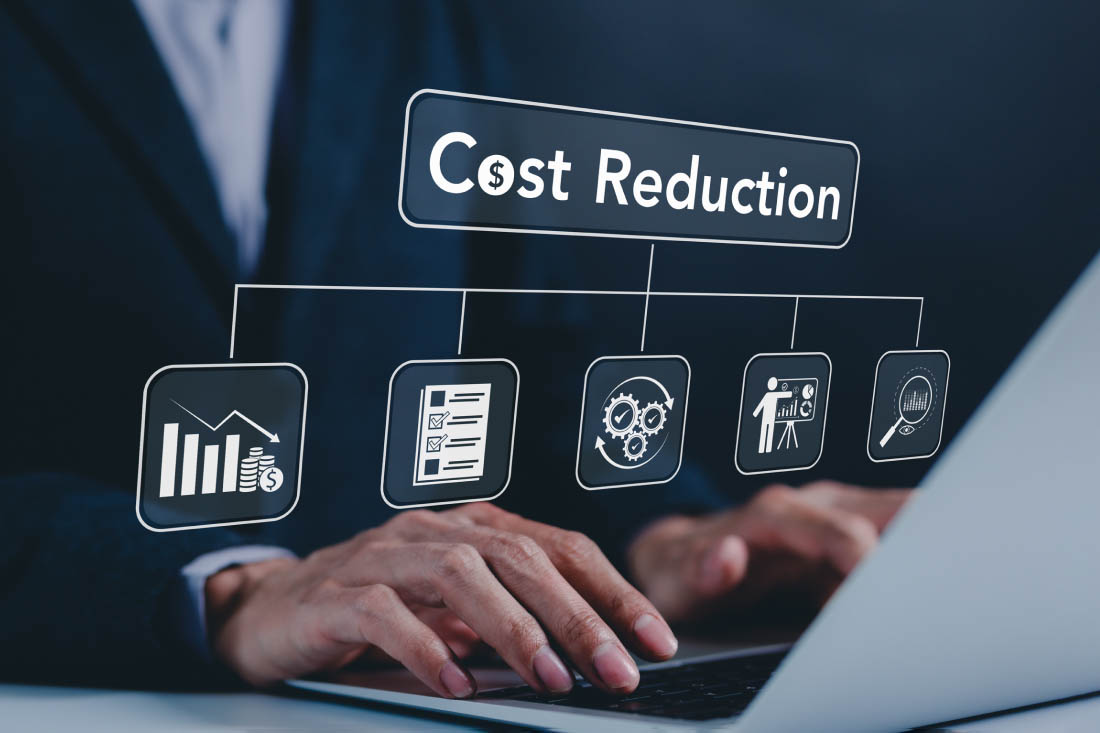Ask the Expert Series
Leading Productive Teams During a Pandemic
Q&A with Gabriela Mauch, Director of Global Organizational Design at McDonald’s
Interviewer: Rita Selvaggi
It’s been nearly a month since many companies in the US and around the world made an abrupt move to transition to a remote workforce in response to the coronavirus pandemic.
The exercise has been a huge test in patience, flexibility, learning and remote workforce technology. Braving new schedules, meeting formats, and collaboration tools, teams have been challenged to maintain the same levels of communication and in-office productivity while they work from home. Many organizations have proven they can do it, but not without growing pains and lessons learned along the way.
I recently had the privilege of interviewing Gabriela Mauch, Director of Global Organizational Design at McDonalds, who is also an ActivTrak Advisor. Gabriela offered a wealth of insights into what it takes to lead people through successful organizational adaptations and keep productivity in focus as companies navigate uncharted waters.
Q: What is the best thing managers can do right now?
A: The best thing managers can do right now is prioritize the well-being of their workforce. A workforce’s well-being directly impacts their capacity to focus and make strong decisions. In today’s environment, our teams are ridden with distractions-whether it’s sitting in a temporary at-home office that doubles as the dining table or balancing full-time childcare responsibilities with work, there are very few employees who aren’t faced with substantial disruptions to their lives. On top of this, the entire pandemic is a very anxiety-ridden event that changes every day. Managers should focus on being empathetic leaders of people before being driving managers of work. Conversations should begin with understanding how employees are feeling about their lives in and outside of work. By working alongside our team members to identify and reduce major obstacles that may be impeding success, we can ease the stress on employees and even boost their morale. This can mean scheduling group meetings at a different time that fits personal schedules or reconfiguring an existing process that’s become too cumbersome when executed in a remote way. Listening and hearing our employees’ concerns and then working to alleviate stress is the best way we can support them right now.
Q: What else can they do to support their workforce or teams at a time like this?
A: Managers can support their workforce by providing them with flexibility and freedom. That said, freedom and flexibility benefit from structure and guardrails so that everyone can feel comfortable and confident in the speed and quality at which the work is getting done. Managers may need to equip themselves with new ways to enable both independent and collaborative work. At the same time, they need to ensure employees are able to disconnect from work and effectively recharge. This boundary is difficult to distinguish with employees working from home. Managers may need to coach individuals on how to achieve better balance.
Q: How do you think this experience is impacting the future of work?
A: In the coming weeks, business operations will continue to adapt, as they always do, and find new ways to move forward with employees working from home. I don’t think we will return to the same conditions we had pre-pandemic, and as businesses adapt and become stronger, we should embrace that reality as a good thing. Growth is uncomfortable and oftentimes brought about by hardship which is exactly what we’re experiencing. Coming out of this, we will have built muscle in places we never had before. We’ll become more efficient at virtual collaboration. We’ll operate processes more efficiently. We’ll host meetings with only those present that need to know or need to decide. We’ll manage more so by outcomes and less so by hours. The emphasis on empowering employees will increase and our need to simply monitor hours clocked will decrease. Should we actively anticipate this, our efforts can all serve the future of work in an extremely positive way.
Q: What should managers do differently now to lead teams effectively?
A: Managing teams requires leaders to embrace workforce freedom and flexibility and trust that with clear leadership, an electrifying vision, documented processes and well-defined objectives, most workers are equipped to manage their workloads and meet role expectations.
That said, allowing a workforce to entirely manage their own time lends an organization to risk. Moreover, people wanting complete freedom and flexibility doesn’t necessarily mean that they have the skills and tools to balance their work and personal lives effectively.
But can we loosen the reigns? Can we trust the adult workforce, with years of skills, expertise and passion to have some more freedom in their day? Can we reciprocate the trust that they give us with the direction of the company by providing them with more freedom of their time?
Q: How can workforce productivity tools like ActivTrak empower companies?
A: ActivTrak provides insights into productivity – for the employee and the manager. For the employee, ActivTrak informs users when they’re most productive and when they may need to recharge. It helps them consider how to schedule their time around when they tend to perform most effectively. It also showcases how distractions such as collaboration tools or news alerts can impact their ability to innovate, create and strategize.
ActivTrak’s value to the manager comes in the form of removing barriers for the employee and nudging them to adapt their behavior to be more efficient and effective. This allows the manager to shed the role of babysitter, boss or cop and focus on being an enabler and trainer.
In addition, ActivTrak analytics provide insights that help managers compare a high performer’s behaviors with a low performer’s behaviors and document processes that allow the rest of the team to emulate the strategies of that top performer, thereby improving the entire team’s success.
The possibilities and use cases are endless, but overall, ActivTrak elevates organizations to start thinking more about empowerment and less about oversight, which is incredibly important in today’s environment. Managers, team mates, and the company itself all win when you have a process to build and maintain productive teams.





